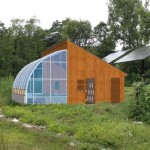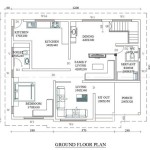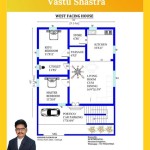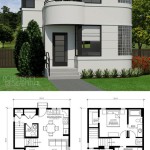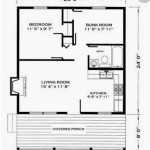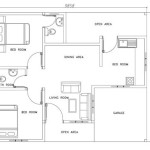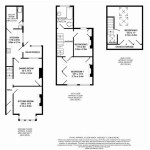Home Plans for 100k: Essential Aspects to Consider
Building a home is a significant investment that requires careful planning and consideration. For those looking to build a home on a budget of $100,000, it's essential to understand the key aspects that will affect the design and construction process.
1. Lot Selection and Preparation
The lot you choose for your home will impact the cost of construction and the overall design. Consider factors such as the size, shape, and topography of the lot, as well as the availability of utilities. Site preparation, including clearing, grading, and excavation, can also add to the overall cost.
2. Design and Layout
The design and layout of your home will determine the functionality, efficiency, and cost of construction. Opt for a simple floor plan with an open-concept design to reduce material costs and labor. Consider the placement of windows and doors to maximize natural light and ventilation.
3. Materials and Construction Methods
The materials you choose for your home will significantly impact the cost of construction. Consider using cost-effective materials such as vinyl siding, asphalt shingles, and engineered wood framing. Prefabricated components and modular construction techniques can also help reduce labor costs.
4. Energy Efficiency
Incorporating energy-efficient features can save you money on utility bills in the long run. Consider installing energy-efficient appliances, windows, and insulation. Passive solar design principles can also help reduce heating and cooling costs.
5. Size and Number of Rooms
The size and number of rooms will influence the cost of construction. Consider your current and future needs when determining the size of your home. Avoid unnecessary rooms or excessive square footage to keep costs within budget.
6. Mechanical Systems
The mechanical systems in your home, such as HVAC, plumbing, and electrical wiring, can be a significant expense. Choose cost-effective systems that meet the needs of your home. Consider including energy-saving features such as programmable thermostats and low-flow fixtures.
7. Labor Costs
Labor costs can vary depending on the location and complexity of the project. To minimize labor costs, consider using local contractors and scheduling your project during off-peak seasons. You can also save money by performing certain tasks yourself, such as painting or landscaping.
8. Permitting and Inspections
Building permits and inspections are necessary to ensure your home meets safety and building codes. The cost of permits and inspections will vary depending on the municipality and the size of your project. Factor these costs into your overall budget.
9. Landscaping and Outdoor Features
Landscaping and outdoor features can enhance the curb appeal and livability of your home. However, these features can also be expensive. Prioritize essential outdoor elements such as a driveway, walkway, and basic landscaping. Consider adding additional features gradually over time.
10. Contingency Fund
Unforeseen expenses can arise during the construction process. It's wise to have a contingency fund of at least 10% of your budget to cover unexpected costs. This will protect you from financial setbacks and ensure your project stays on track.
Building a home on a budget of $100,000 is possible with careful planning and consideration of these essential aspects. By optimizing your design, choosing cost-effective materials, and managing costs effectively, you can achieve your dream home without breaking the bank.

Beautiful Prefab Homes Under 100k Available Now Prefabricated Houses Container House Plans

Building On The Affordable House Plans Of 2024 Houseplans Blog Com

100k Pesos Small House Design 4x4 Floor Plan

Building On The Affordable House Plans Of 2024 Houseplans Blog Com

2 Small House Worth 100k Design Es

50 Top Northwest And Pacific House Plans Floor

Affordable House Plans Home Designs The Designers

Prefab Homes Top Designs Under 100k Jjchouses

The Top 12 Prefab Homes Under 100k

How To Build For Under 100 000 With These Kit Homes

